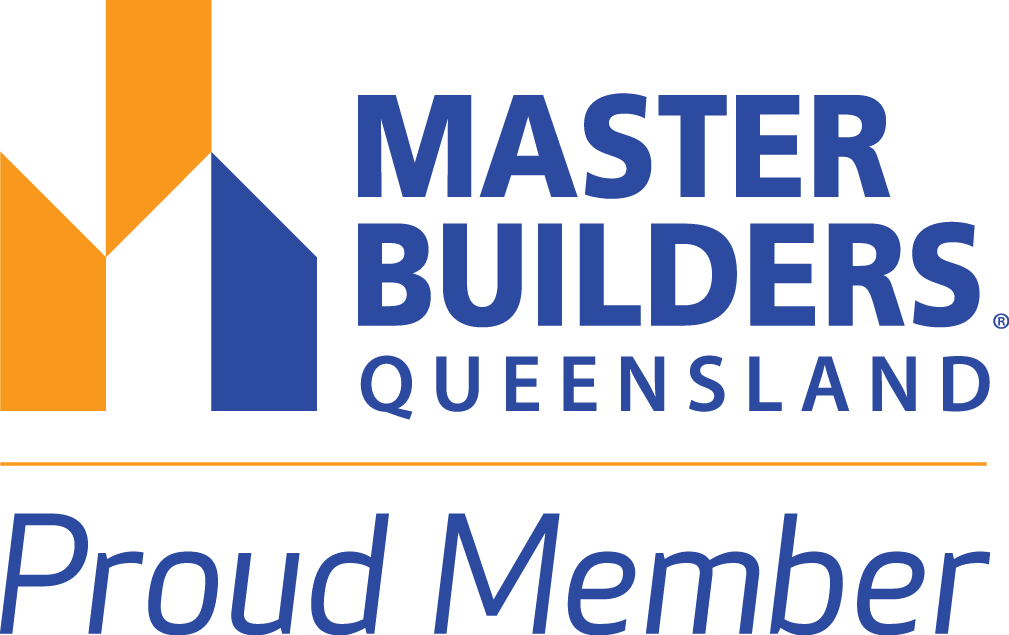What Is The Demand For SDA Housing In Australia?
The demand for Specialist Disability Accommodation (SDA) in Australia is growing rapidly as the nation faces a critical shortage of suitable housing for people with high support needs.
In this blog, we explore the growing need for SDA housing, current shortages, government support and why this market presents both a social and financial opportunity for investors.
Understanding Specialist Disability Accommodation (SDA)
SDA refers to specially designed housing for people with significant disabilities who require high levels of support. These homes include features such as wider doorways, assistive technology and Onsite Overnight Accommodation (OOA) for carers.
They are funded by the NDIS, which pays an allocated capped rental fee directly into eligible participants' plans.
SDA homes fall into four key design categories:
- Improved Livability
- Fully Accessible
- Robust
- High Physical Support
Each category reflects the specific needs of the participants and affects the level of funding provided.
The SDA Housing Shortfall
The statistics surrounding SDA housing reveal a concerning mismatch between need and availability:
- 661,267 active NDIS participants as of June 2024.
- 24,139 have SDA funding allocated within their plans.
- Only 14,088 participants are actually living in SDA homes.
- 7,932 participants have funding but are unable to find a suitable property.
- 2,119 participants are eligible but waiting for funding to be allocated.
- This equates to 32% of participants with SDA funding unable to use it due to lack of suitable housing.
Meanwhile, only 9,487 SDA dwellings were enrolled across the country, an increase of just 1,562 properties from the previous year. While this marks a positive trend, it’s still far from meeting the growing demand.
Vacancy Rates Show Misalignment With Needs
Despite the overall shortage, there are currently 1,920 vacancies in SDA-enrolled properties across Australia. Most of these are in larger group homes or three-bedroom houses where only one or two rooms are leased.
This highlights a clear market mismatch — many participants are seeking individualised or two-bedroom homes, not shared group settings. Investors and developers must align their offerings with these preferences to meet demand effectively.
Where Is SDA Demand Highest?
The saturation of SDA participants varies by state, with Queensland, Victoria and New South Wales showing the greatest need. Nationally, SDA participant numbers have been growing at 18% per annum over the past three years, with overall NDIS participation increasing by 6% annually.
This consistent growth underscores the urgency to build more SDA-compliant homes, especially in high-demand regions.
Why Supply Is Struggling to Keep Up
There are several reasons behind the lag in SDA housing supply:
- Rigorous compliance requirements: Only one in three purpose-built SDA homes are successfully enrolled due to quality control issues or design non-compliance.
- Approval bottlenecks: Miscommunication between designers, certifiers, and builders during construction can delay NDIS approval.
- Funding access issues: Some participants eligible for SDA funding are still waiting for approval or facing challenges finding homes that suit their specific support needs.
Without careful coordination, even newly constructed SDA homes may remain unoccupied or non-compliant, contributing to the gap.
Government Support & Investor Incentives
Despite these hurdles, SDA presents a highly attractive opportunity for investors:
- Government-backed returns: Annual rental income can range from $26,000 to $111,470 per room, plus an additional $7,000 to $12,000 from the Commonwealth Reasonable Rent Contribution.
- High yield potential: Investors may achieve yields between 12–18%, depending on location and design category.
- Long-term leases: Properties are typically leased under long-term agreements with consistent government payments.
- Cashflow-positive investments: Many SDA homes generate positive cashflow from day one.
The NDIS and Federal Government continue to fund and promote SDA as a long-term solution to the disability housing crisis, making it a secure and purpose-driven investment.
Conclusion
The demand for SDA housing in Australia is urgent and growing.
For investors, the combination of government-backed funding, long-term income, and the ability to positively impact people’s lives makes SDA one of the most promising sectors in Australia’s property market today.
If you're interested in exploring SDA opportunities, get in touch with LUOMA.



